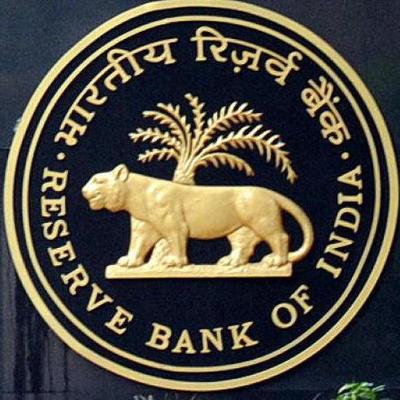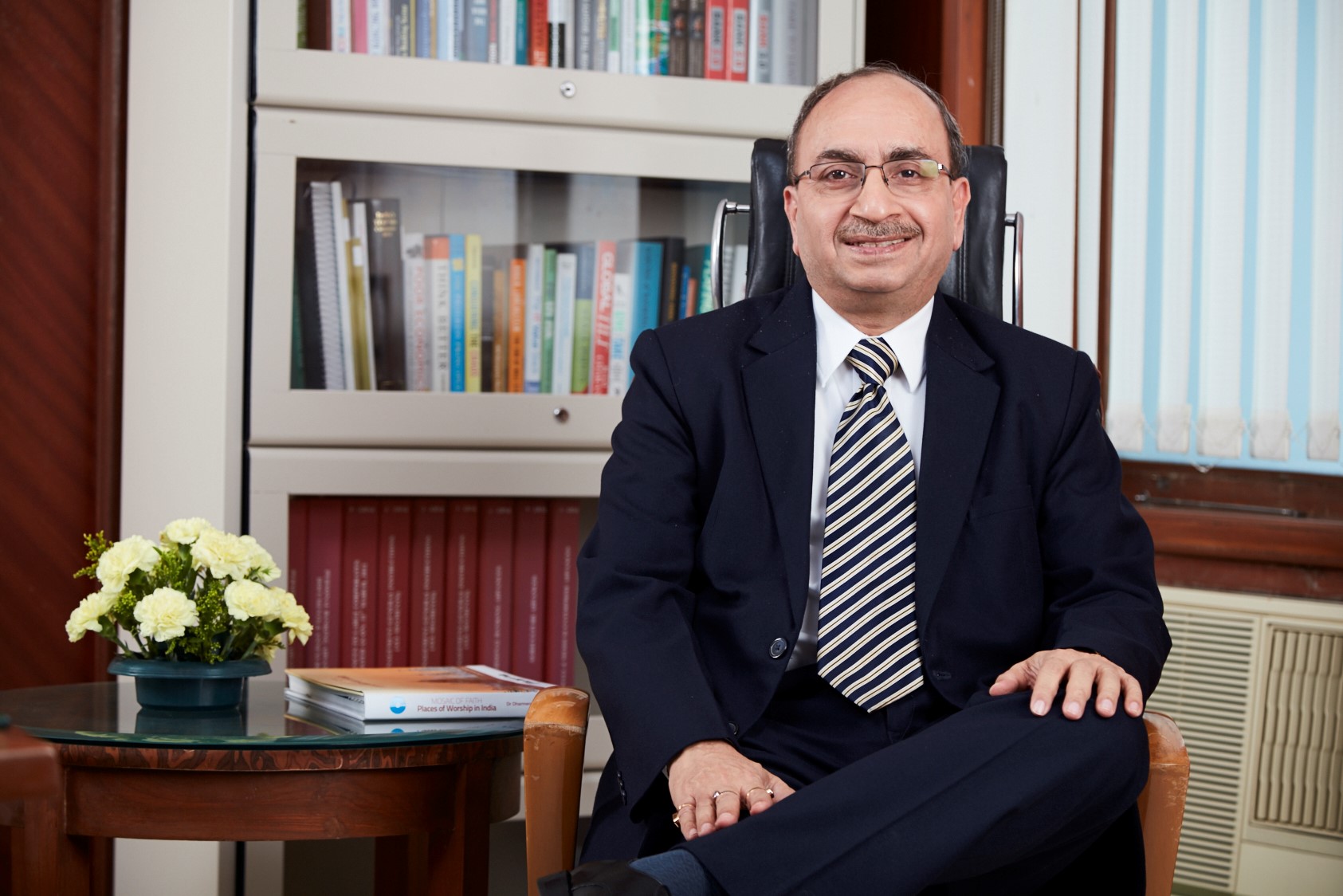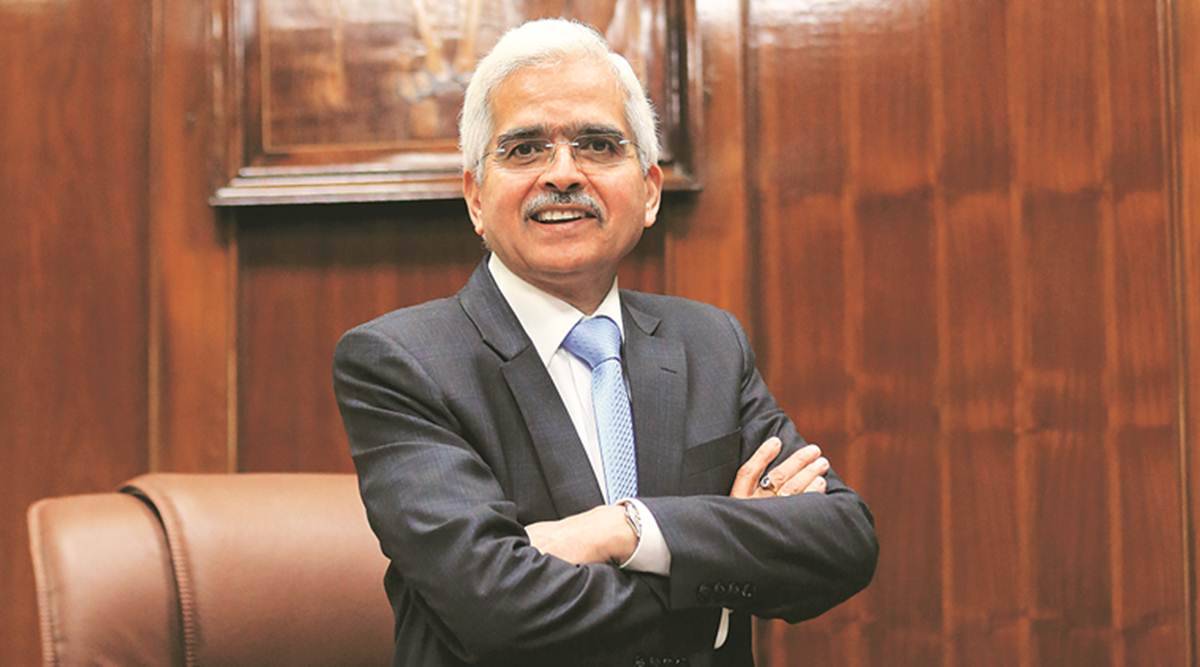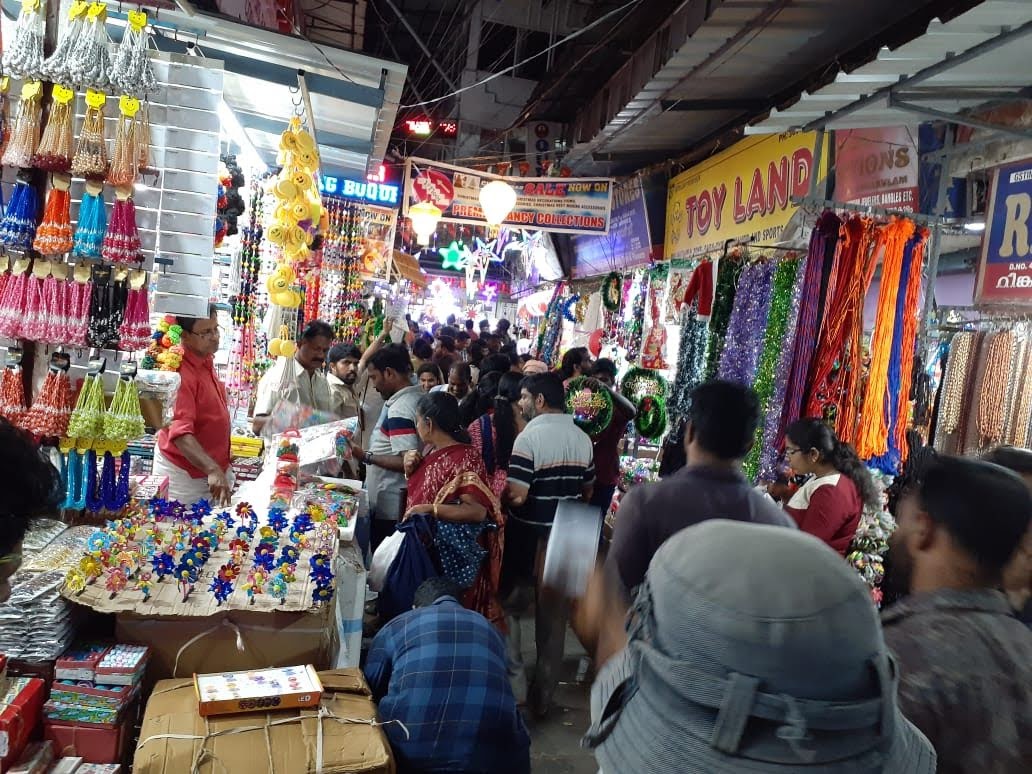Chief executives of banks are having to walk a tightrope as the Indian economy struggles to bounce back after being stung by low consumer demand, supply-chain disruptions caused by the coronavirus pandemic, job losses and salary cuts. Corporate credit is yet to pick up and retail loans are sluggish amid fears of a rise in non-performing assets (NPAs).
With economic activity having resumed, there is hope that the GDP will move to a positive territory. The top executives are also confident that NPAs would not be as high as they had originally thought in March-April and that the situation would be manageable.
Here is what they had to say about the RBI monetary policy:
Dinesh Kumar Khara, Chairman, SBI
The RBI's policy of maintaining the status quo was expected, but the continued forward guidance of an extended accommodative stance will continue to serve the markets well.
The upward revision of the FY21 GDP growth rate to -7.5% emphasises that the worst is behind us. However, we must remain watchful.
The central bank's announcement of the extension of on-tap TLTRO to stressed sectors is a perfect example of coordinated monetary and fiscal policy coordination, a hallmark of the current pandemic.
Allowing the regional rural banks (RRBs) to access the liquidity adjustment facility will help them to deploy and diversify efficiently their surplus funds and enlarge the reverse repo window.
The move towards the strengthening of supervision of financial entities will right-size the three lines of defence in pursuit of an effective risk management framework.
Measures such as digital payments supervision, deepening financial markets, and ensuring ease of doing business for export transactions are useful steps.
AK Das, MD & CEO, Bank of India
The policy, while maintaining an accommodative stance and keeping benchmark rates steady, aims at financial stability. Acknowledging transient elevated inflation, the policy has adopted a balanced approach. Overall, it's a pragmatic policy to nurture growth and contain inflation in the post-Covid-19 economy.
Keki Mistry, CEO and Vice Chairman, HDFC Ltd
The policy is on expected lines. With inflation raising its head, the RBI governor Shaktikanta Das had a tight rope to walk in supporting growth with an accommodative stance. He said this would continue as long as growth is not back in the economy. What more could the RBI have done? Interest rates are already at a 40-year low and it cannot go lower than this. Certain segments of the economy like housing have picked up.
Zarin Daruwala, CEO, India, Standard Chartered Bank
The RBI reiterated its commitment to shore up economic growth by continuing with its accommodative stance and ensuring surplus system liquidity. The widening of liquidity support through targeted long-term repo operations (TLTRO 2.0) to 26 stressed sectors will help direct much-needed credit to these sectors.
Several policy measures proposed to strengthen and deepen the credit default swaps, derivatives, and corporate bond markets should not only improve participation but also pave the way for further development.
Enhancements in the payment and settlement mechanisms will help reduce systemic risk and improve customer experience.







